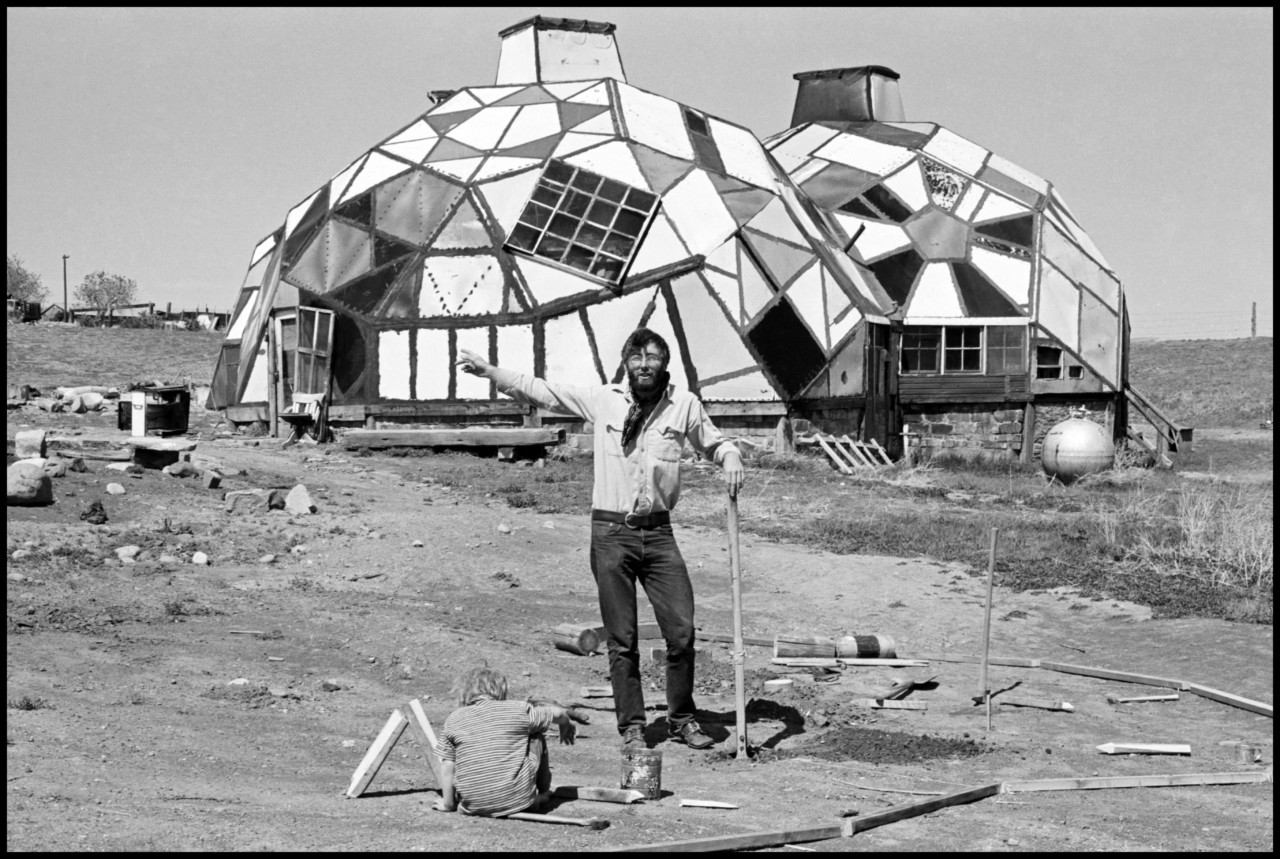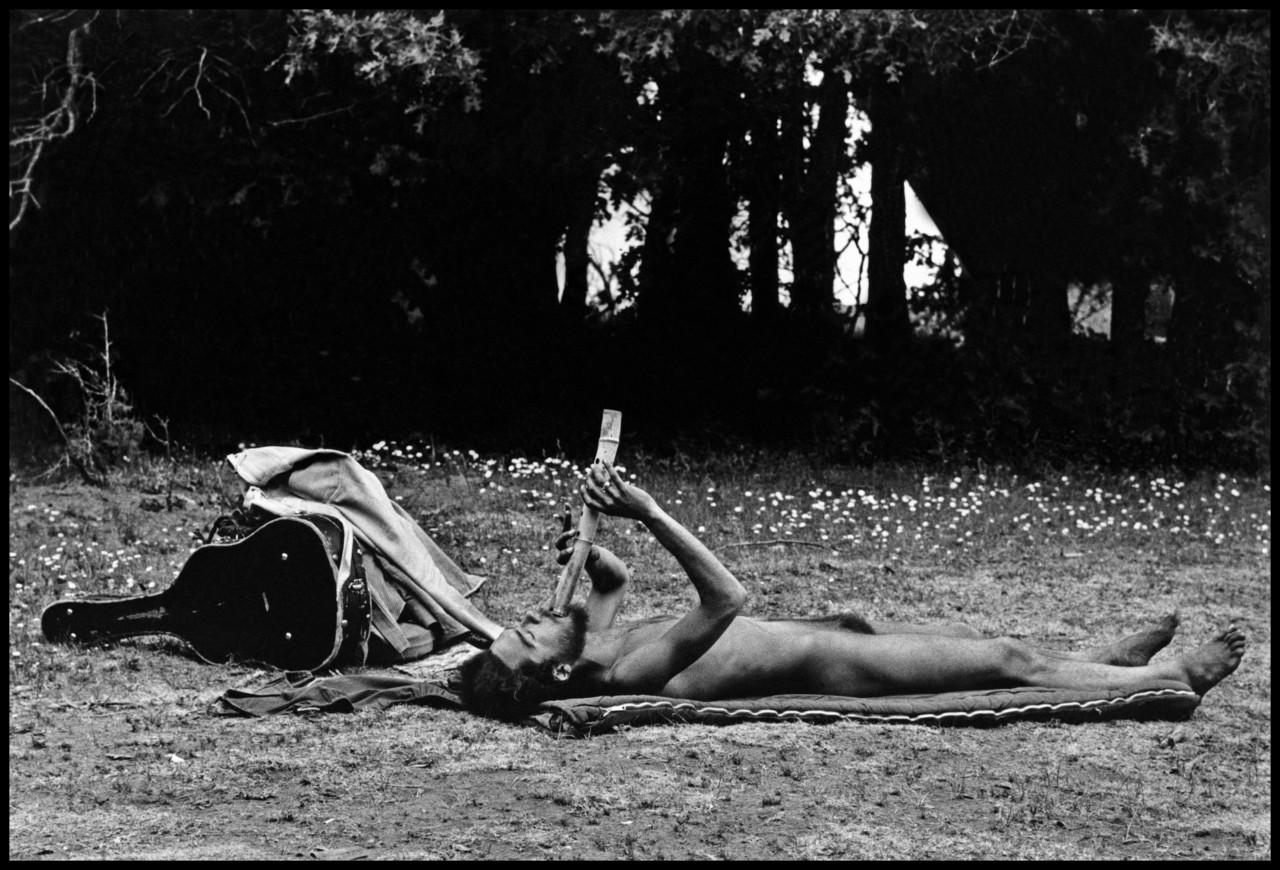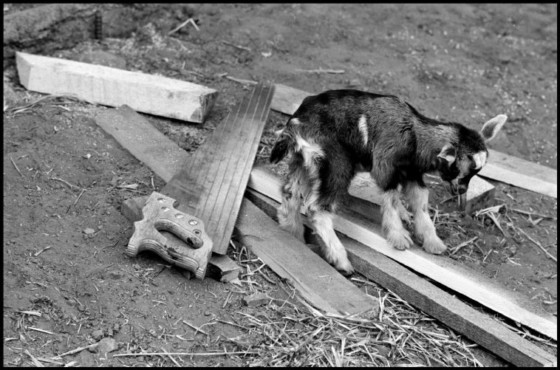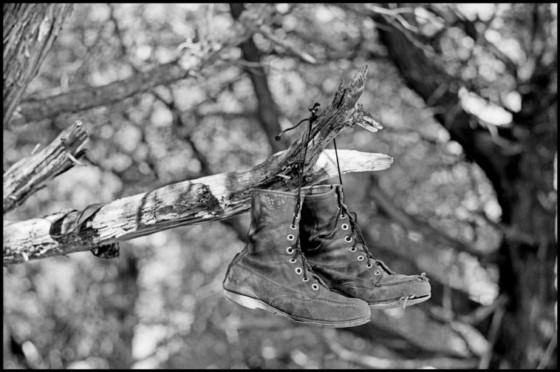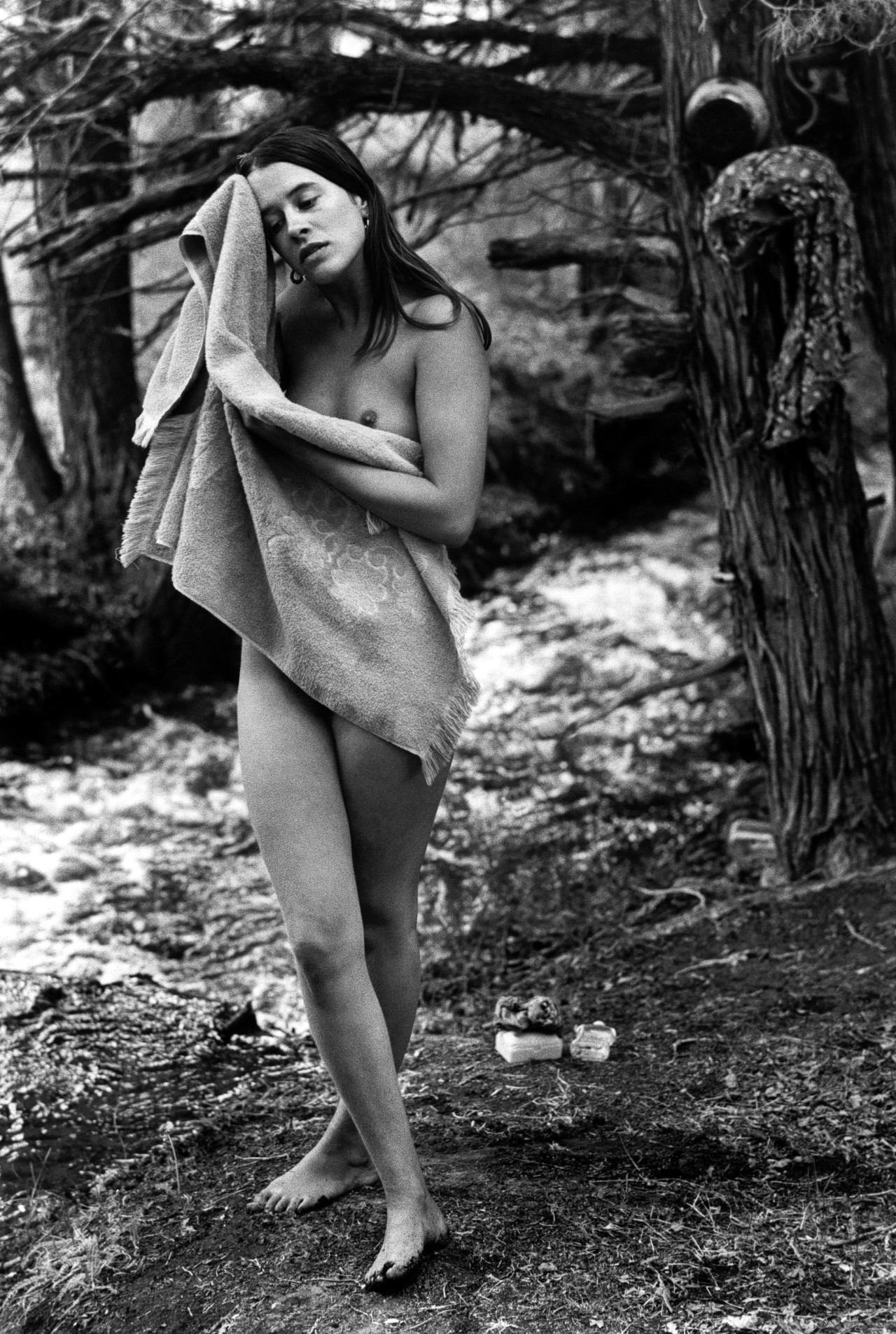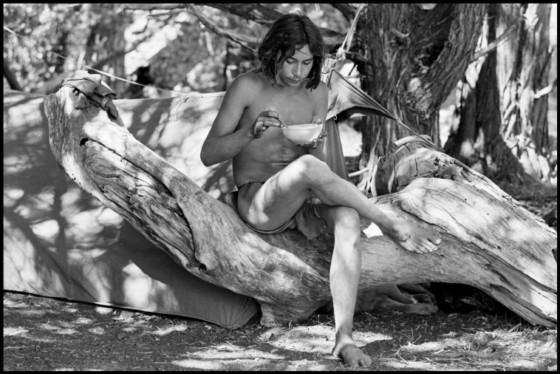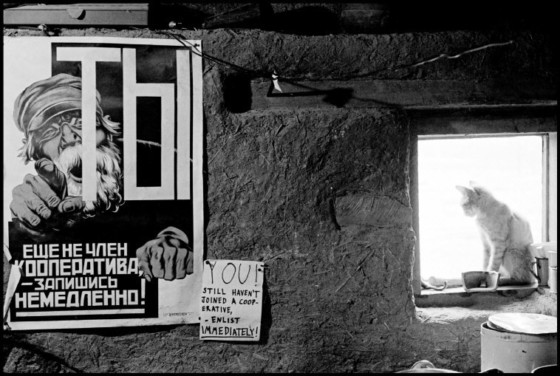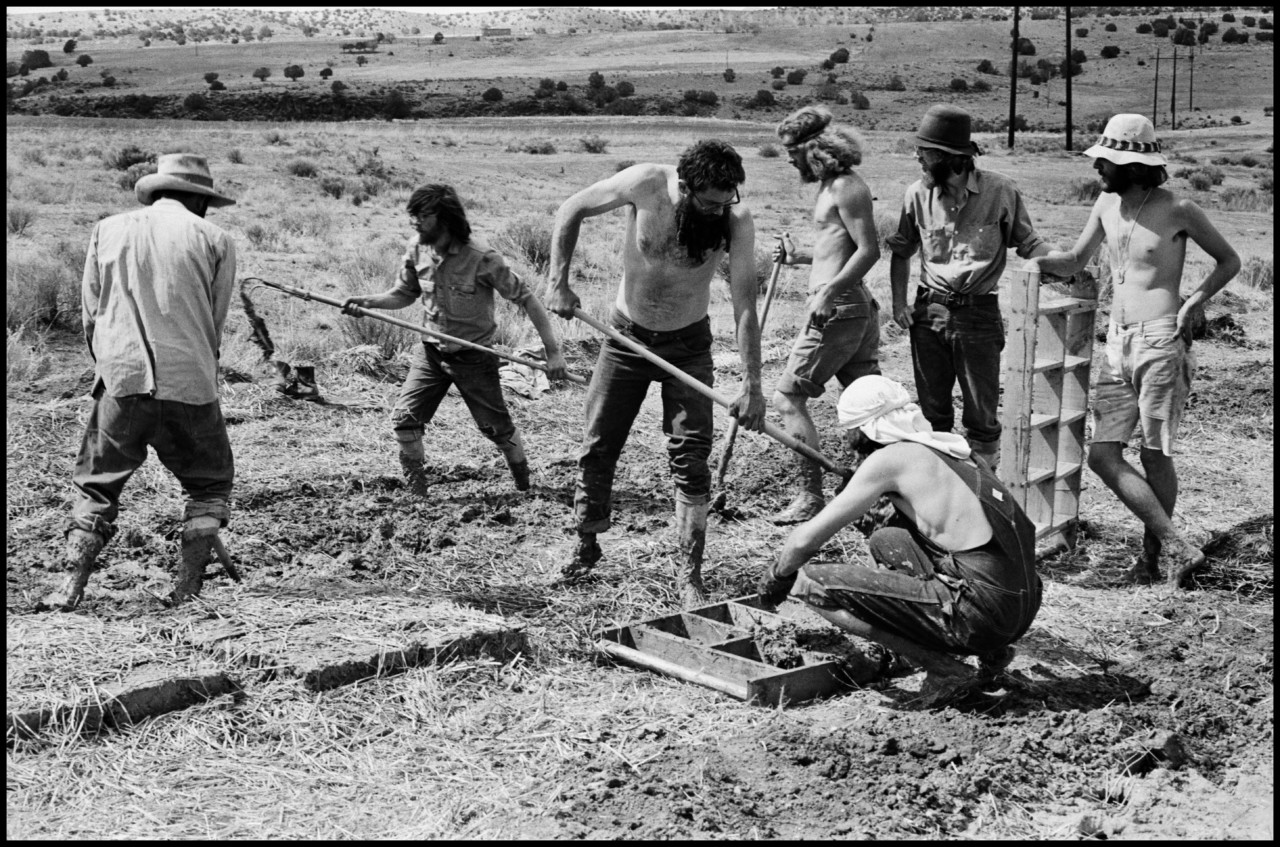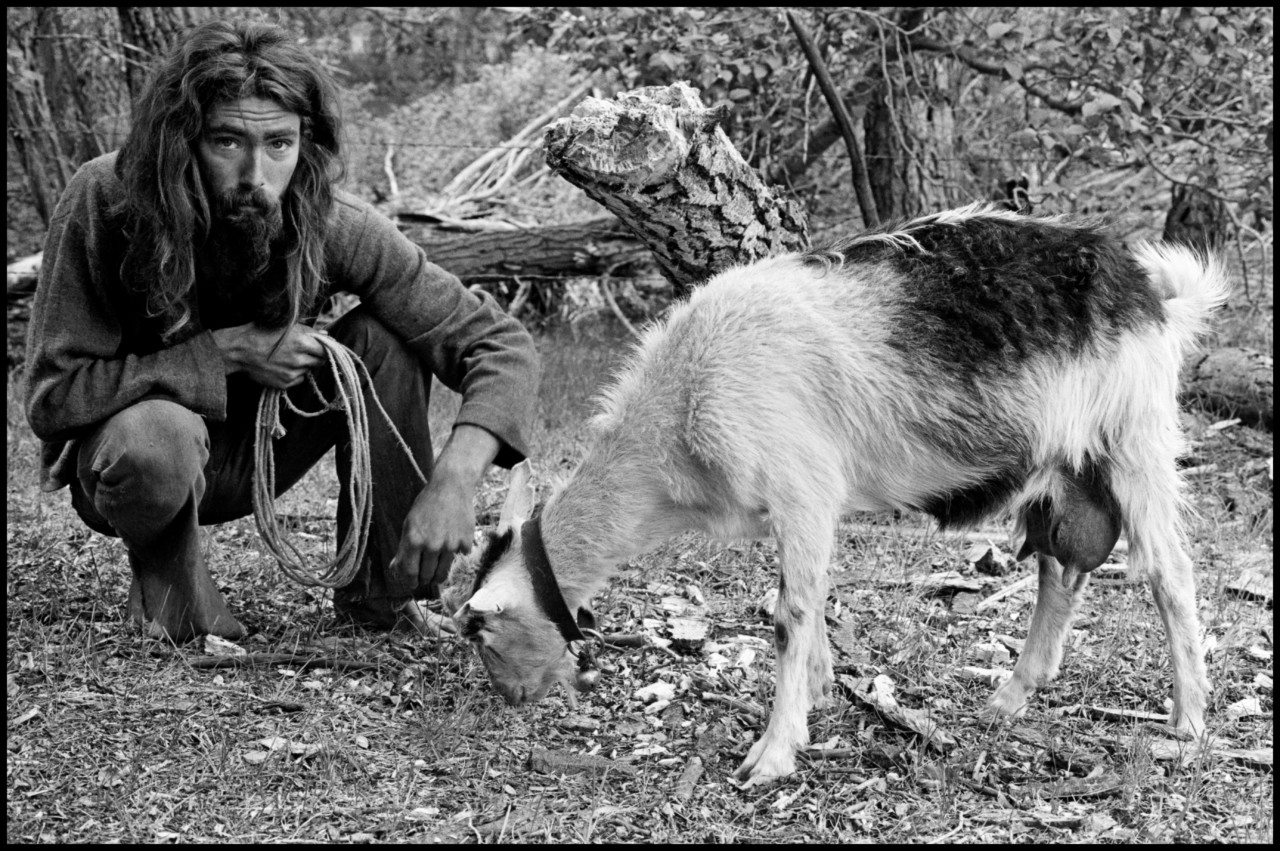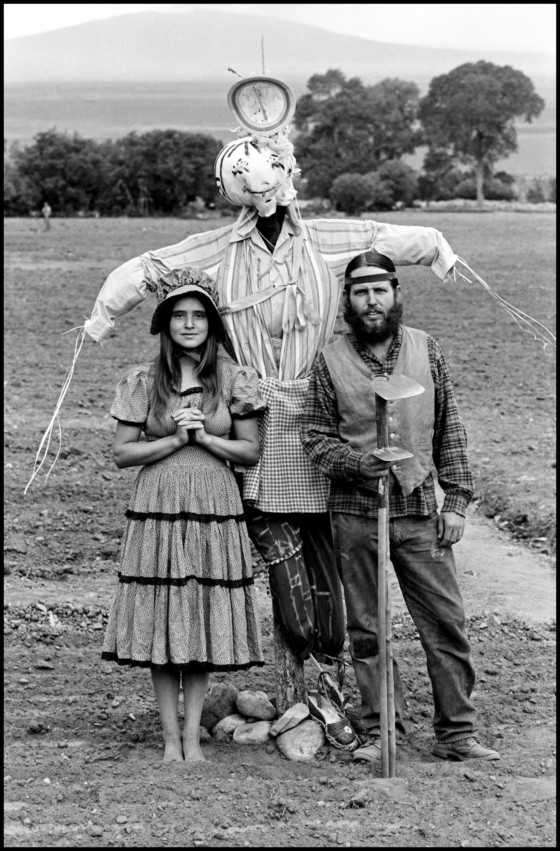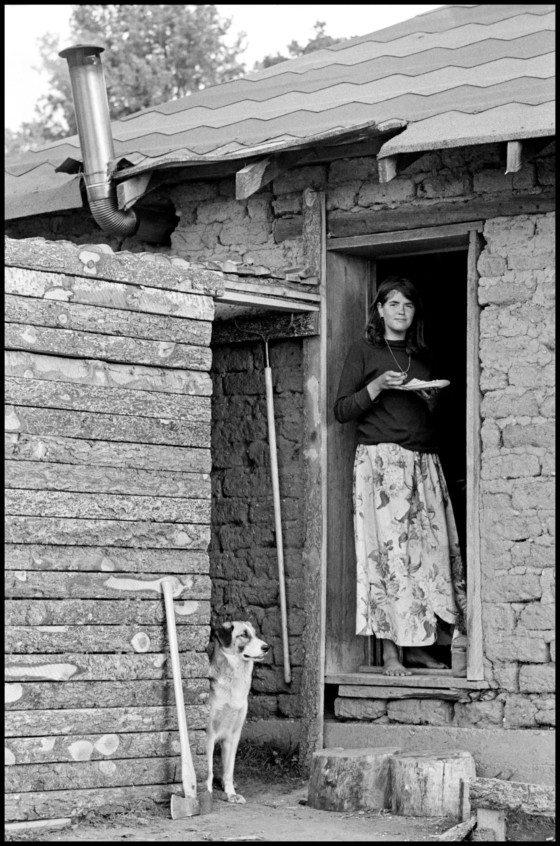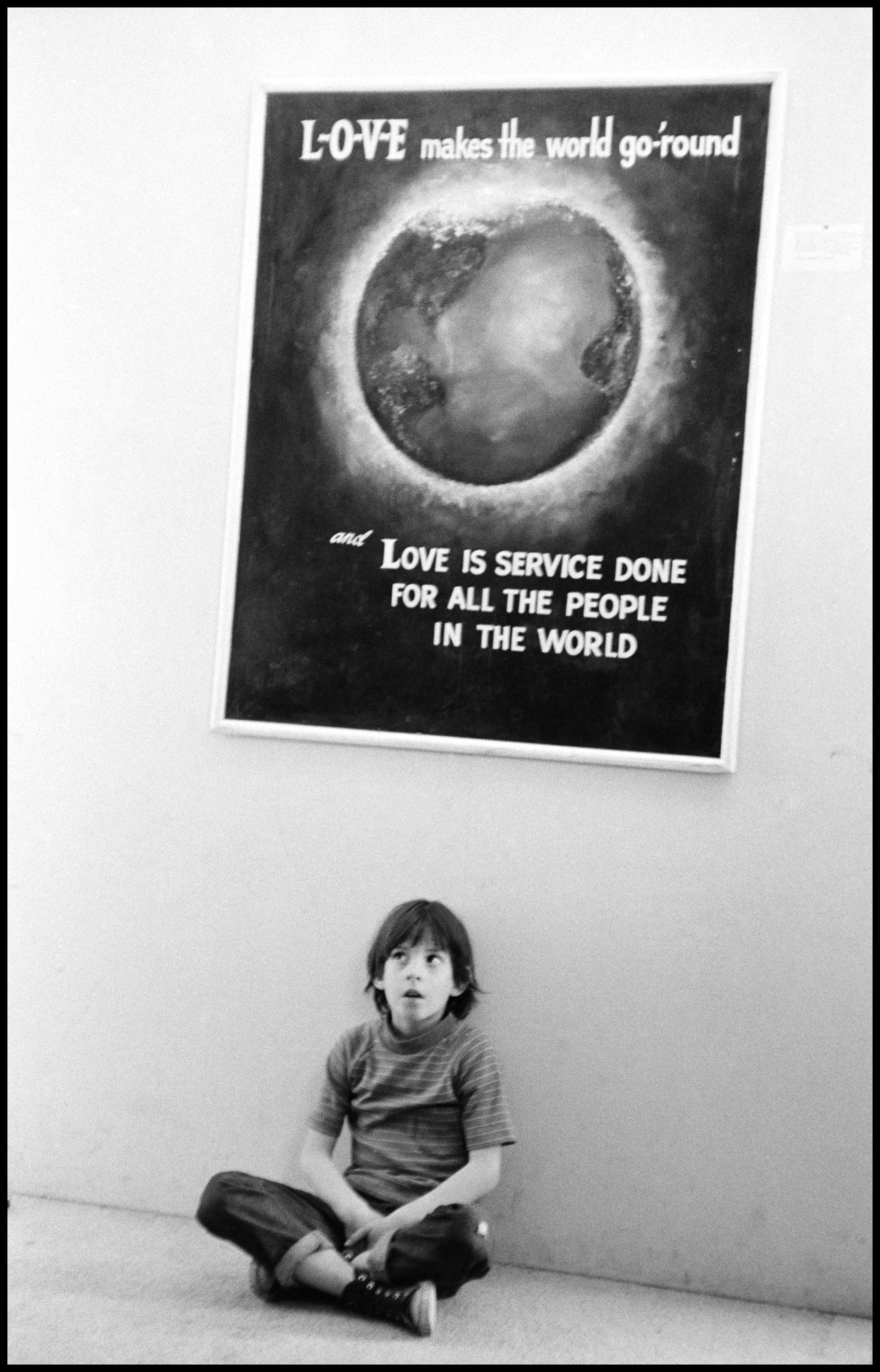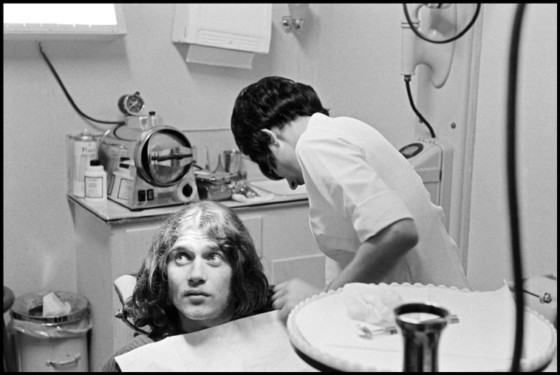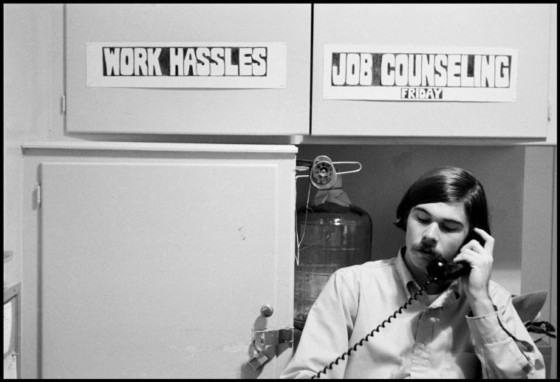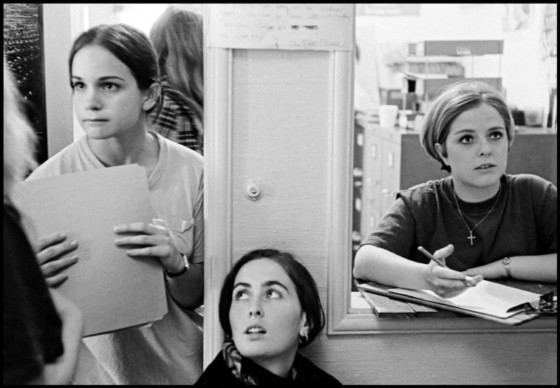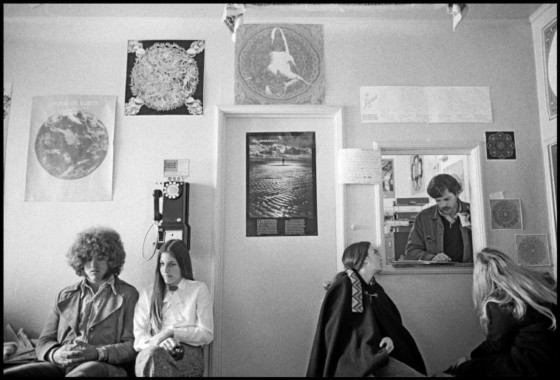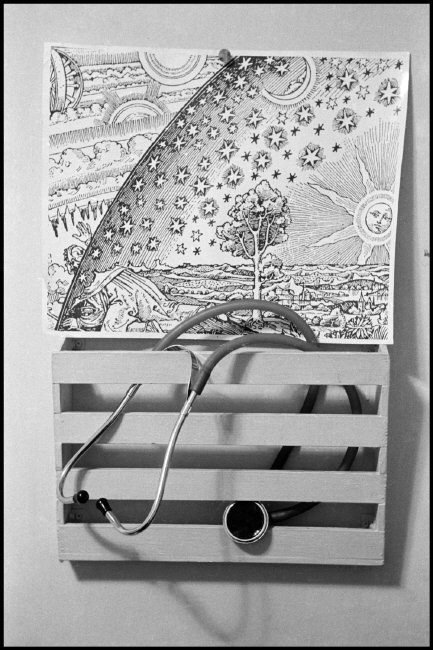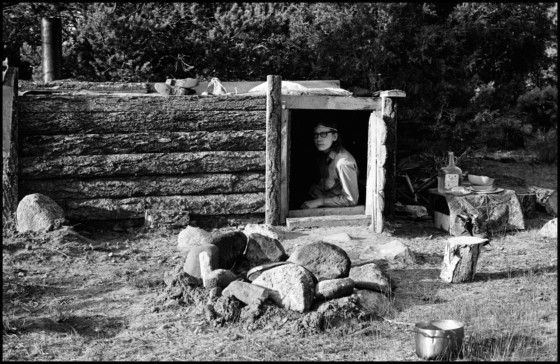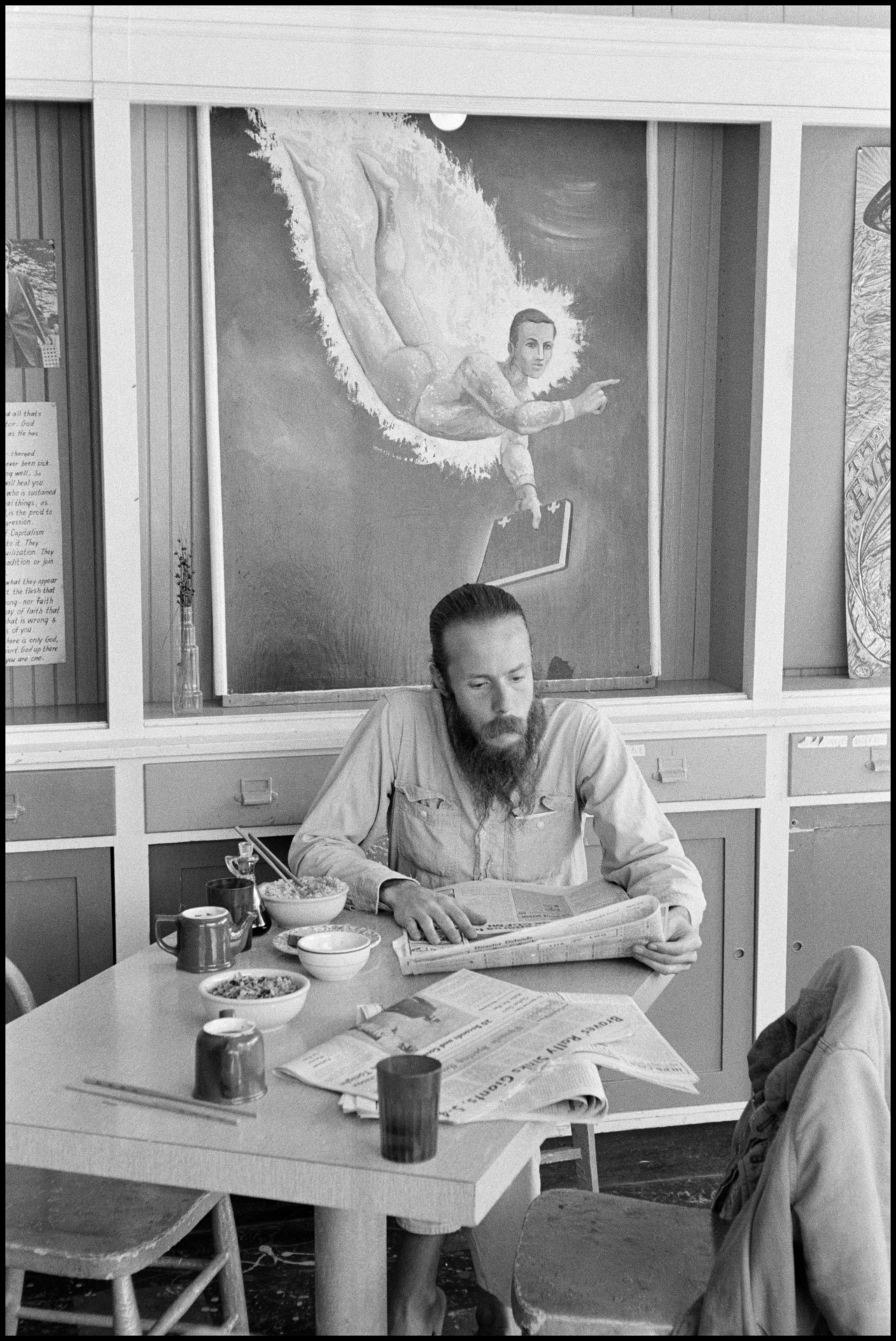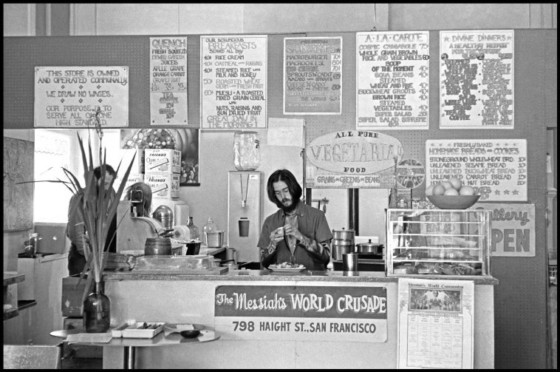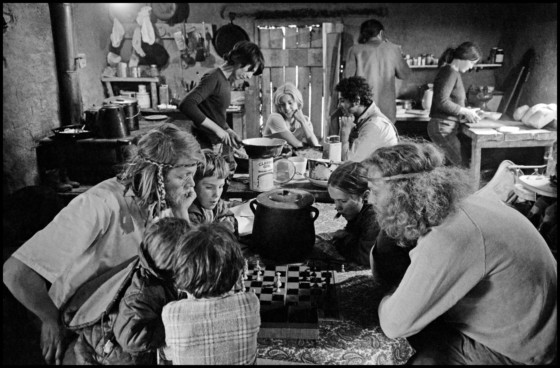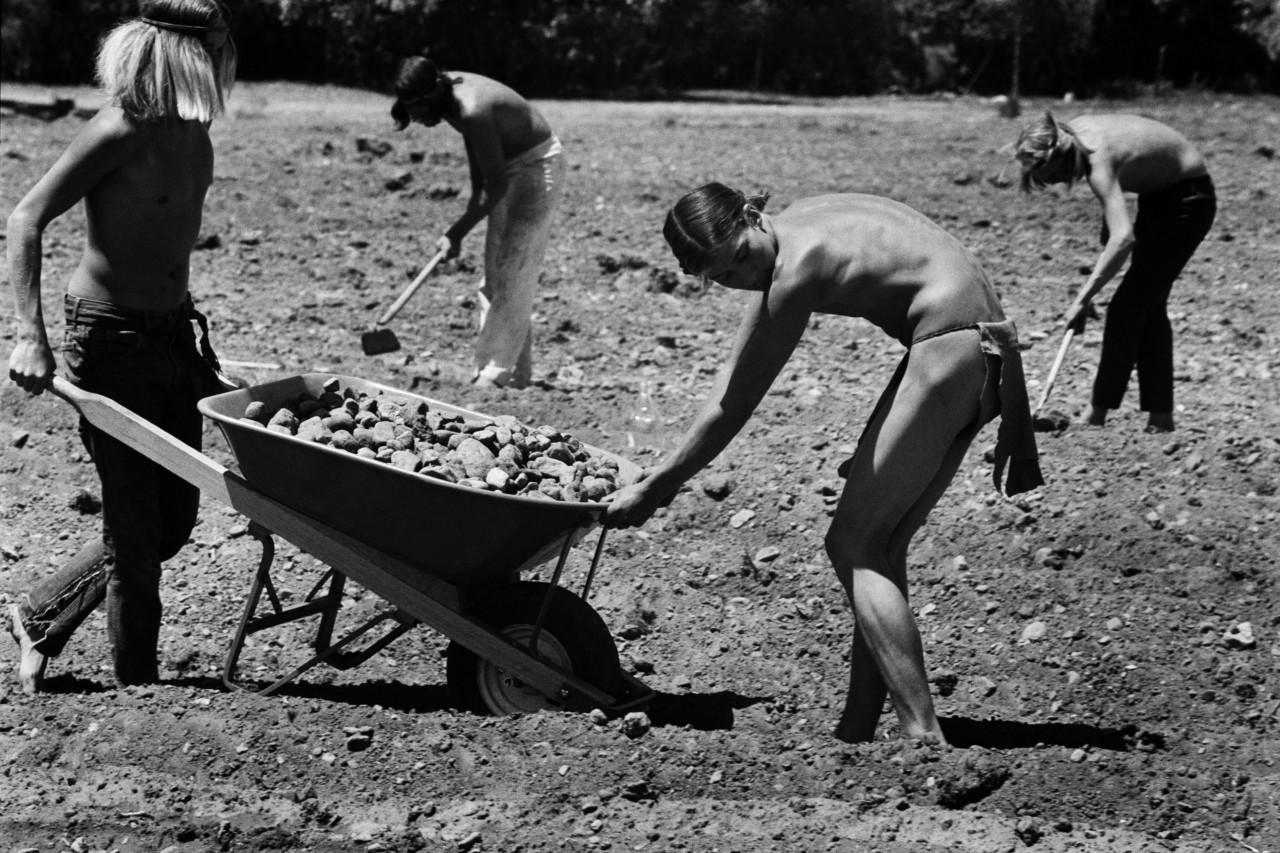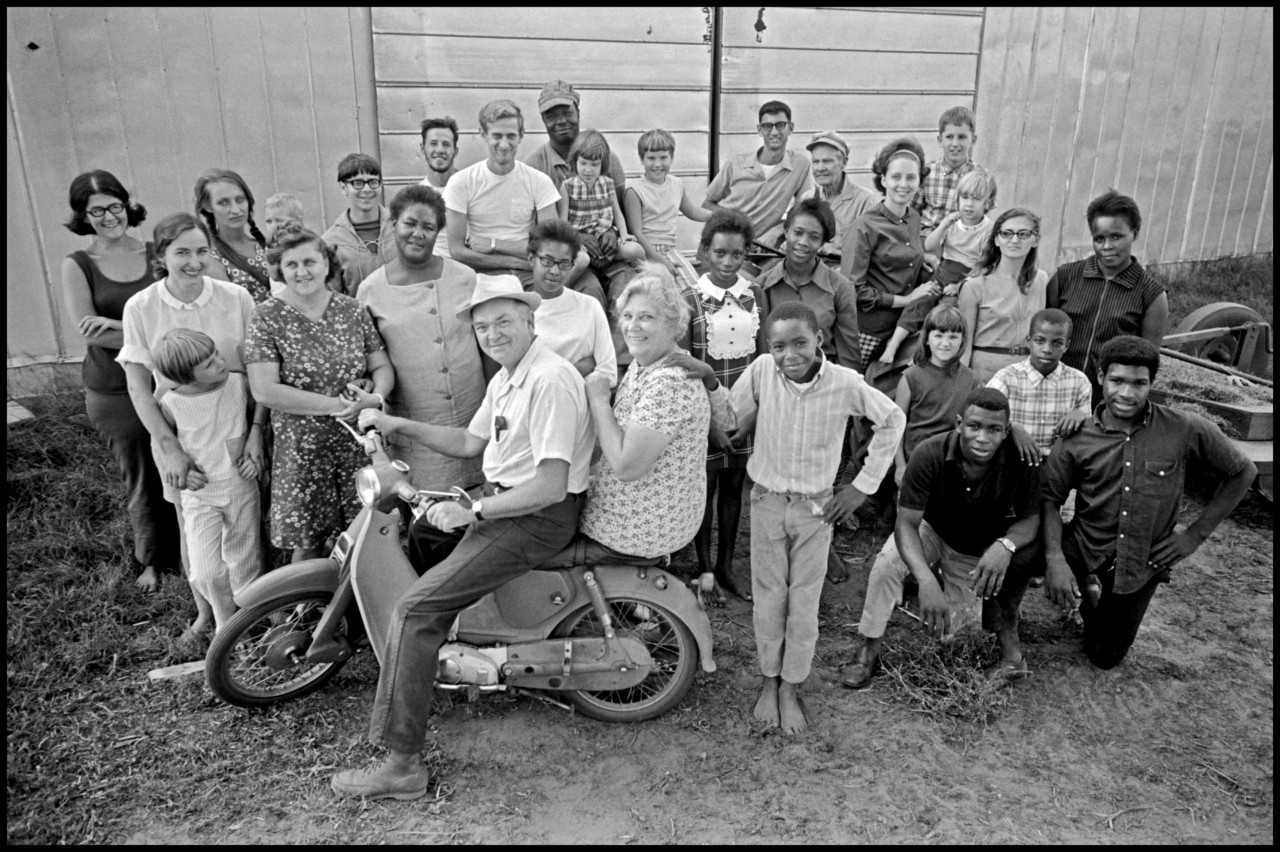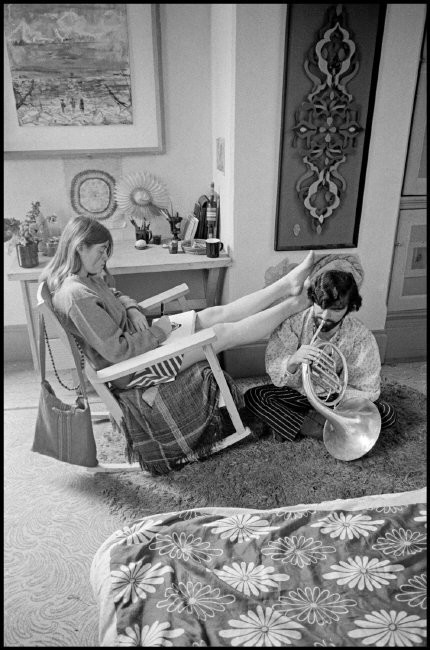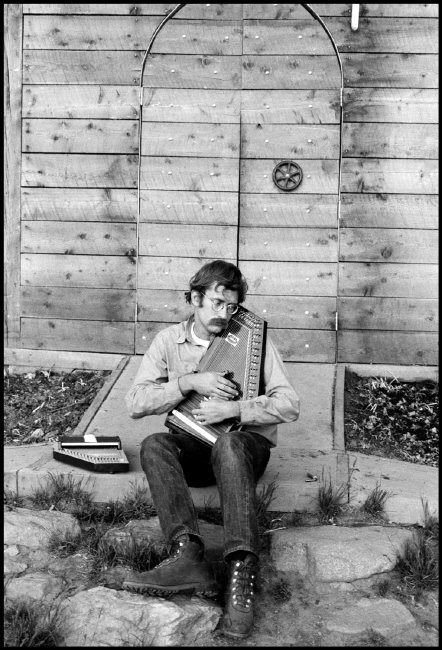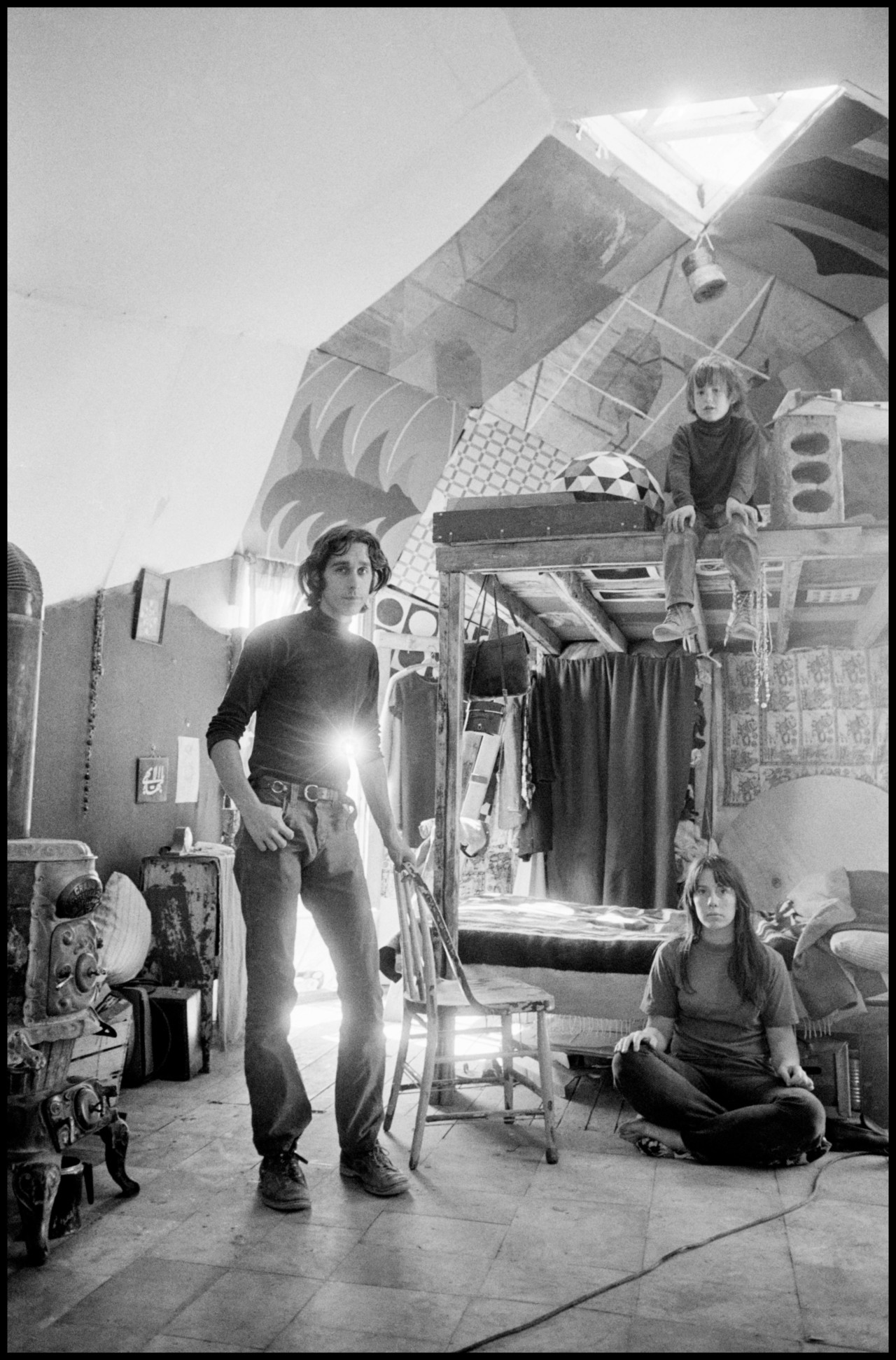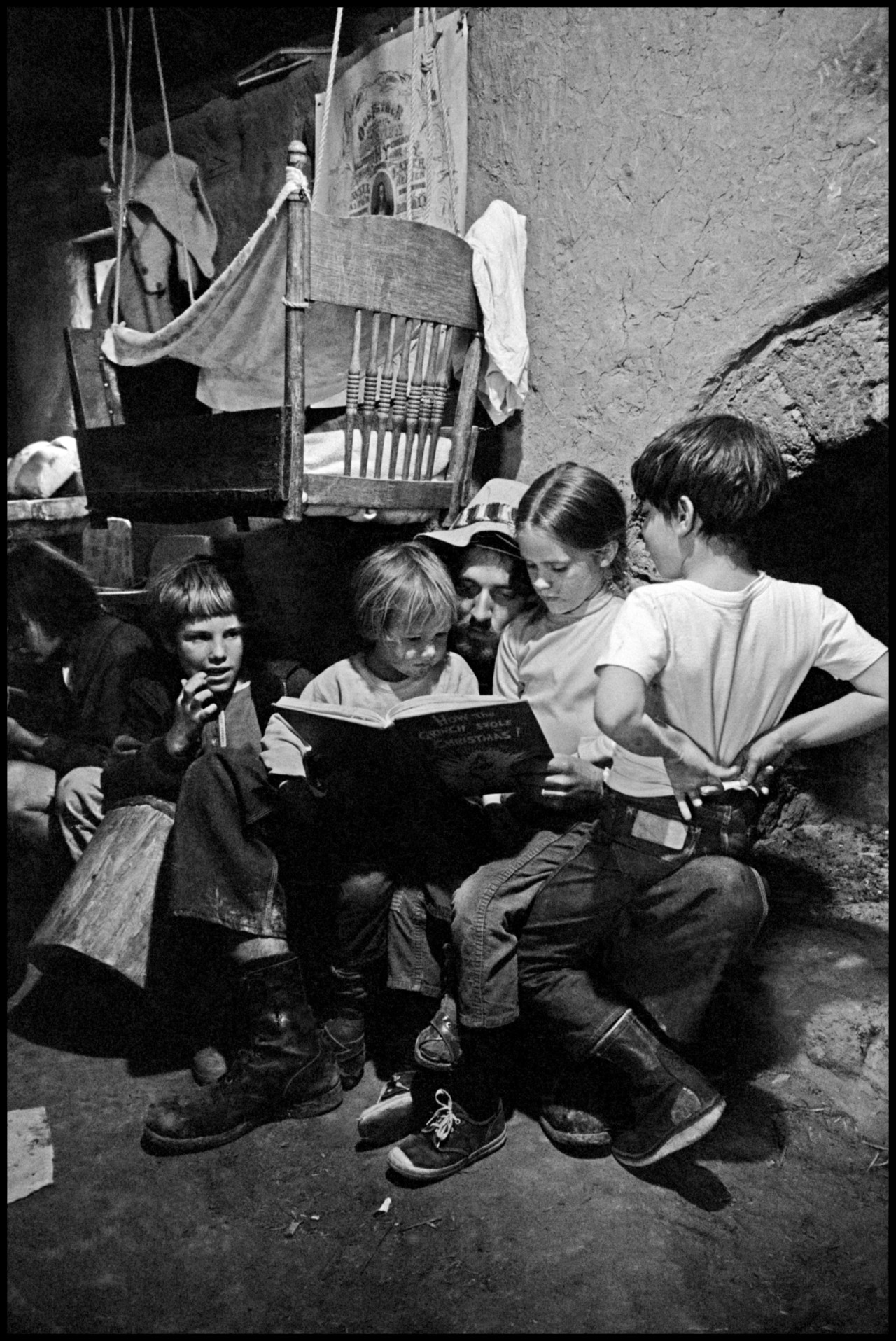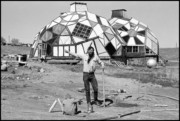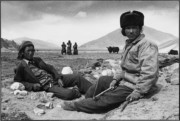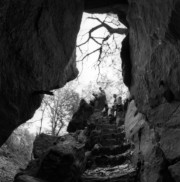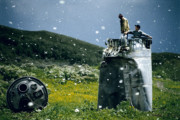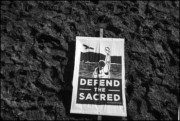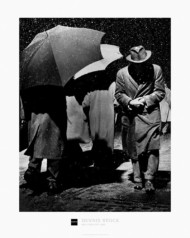The Alternative, Revisited
Dennis Stock's collaborator on the 1970 photobook reflects on their journey though America's radical fringes and the fate most alternative communities of the hippie era ultimately met
For more than a year in the late 1960s Magnum photographer, Dennis Stock, and writer (and then-editor of LOOKmagazine) William Hedgepeth roved across America exploring the nation’s new commune culture – from the urban countercultural meccas of Haight Ashbury and the East Village, to isolated ranches, desert retreats, and wooded campsites.
Stock’s photographs and Hedgepeth’s words – and the lessons learned over their journey – were brought together in the 1970 book, The Alternative, Communal Life in New America, “an exploration into a thriving netherworld of revolution-minded persons who are turning tribal en masse and reverting to “primitive” conditions…”
The book weaves through locations, drawing the reader from city to desert, from free inner-city health-clinics to geodesic domes, group meditations, and arid – at times almost neolithic-looking – communes in the American South West. Hedgepeth’s texts and his extended image captions capture both the idealism and the precarious nature of these ventures.
Here, Hedgepeth reflects for us upon the making of the book, and his journey with Stock to the heart of the optimistic – but soon-to-be fractured – alternative societies of 1960s America. Included below are a number of Hedgepeth’s original pull quotes from The Alternative.
"With little fanfare, but with profoundly subversive intention, they've begun a new colonization of the continent"
- William B. Hedgepeth, from The Alternative
The urgent spirits in the air seemed to percolate out of everywhere, and the two of us set out to pin them down.
The communitarian movement that bloomed forth in the late ‘60s was the highest expression and aspiration of the hippie sensibilities of the time—in which the grandiose goal was the molding of a valid alternative to all of established authority.
Magnum’s great Dennis Stock, “photo essayist” par excellence, and I, a senior editor at LOOK Magazine, were brought together by Macmillan publishers and assigned to fan out across America to assess the progress or discover the fate of all those former denizens of the hippie meccas of San Francisco’s Haight-Ashbury and New York’s East Village who had basically taken their acts on the road by dispersing into the countryside, “back to the land,” to form or join communal families of like-minded revolutionaries.
"Individualism," American-style means little more than monogrammed stationary"
- William B. Hedgepeth, from The Alternative
For more than a full year we traveled from Maine to California and relevant roosting sites in between—wherever hippies and dedicated seekers had put down their hopeful roots. Though Dennis was a dozen years older—long-established as an photographer of the highest level, much-esteemed for his famous images of James Dean—we worked as a seamless team with a common, dare I say artistic, commitment to depicting these people and respecting the dignity of their dreams, no matter how outlandishly they presented themselves. Our book, The Alternative: Communal Life in New America, became the first in a decades-long collaborative relationship.
"Open country can produce a natural "high" as psychedelic as any chemical"
- William B. Hedgepeth, from The Alternative
Communes have a long history in the annals of human hopefulness. The 19th century in America witnessed a great flowering of communes long prior to the flower children, but almost all of them had fizzled out before the Civil War. With no real awareness of this history, the ‘60s hippies set out to form their own utopias, chiefly devoted to the sharing of everything, along with (in most cases) anarchy, freedom, pacifism, open sexuality, drugs, art, devotion to the land, and a general dream-focused optimism.
"The walls are plastered with mystical symbols, zodiac signs and steely-white giants of Righteousness"
- William B. Hedgepeth, from The Alternative
The L.A. Free Clinic, in the heart of L.A., was a communal approach to serving the medical needs and urgencies of young urban drop-outs—a repair station staffed by dozens of doctors willing to donate their time and talents in a tribalized spirit of public service. For those preparing to launch into the land it would be their last chance for a long time to have the attention of a genuine physician.
"This whole freaky facade is constructed from discarded products of American abundance"
- William B. Hedgepeth, from The Alternative
Among the rural communes Dennis and I explored were The Lama Foundation, Lorien and The New Buffalo, all in northern New Mexico, as well as Drop City in Colorado, the first of these new communes, whose members lived in geodesic domes, made from car panels. The essence of communitarianism was never so eloquently expressed as in the simple wooden coed outhouse at The New Buffalo with a pair of holes two feet apart.
Other communes we covered were the Fort Hill Community in Boston, headed by a man known to be the Messiah, and another in San Francisco, Messiah’s World Crusade, guided by another Messiah. And there were still others, nearly all of which gradually slid into oblivion, most often caused by an influx of freeloaders and misfits.
"They're all responding to internal gyroscopes that move them each along some mutual trajectory"
- William B. Hedgepeth, from The Alternative
One of the better known, though we didn’t go there, was Rajneesh Puram in Oregon, devoted to Guru Bagwan Shree Rajneesh, which began as a “simple agricultural commune” and evolved, said one member, into a “fascist concentration camp.”
At the other extreme remains Koinonia Farm, an interracial commune set, since 1942, in the heart of South Georgia Kluxer country, dedicated to Christianity, helping the poor and profitable farming. It was at Koinonia where what is now Habitat for Humanity International was conceived and made real.
"If you could know from here where you were going, that wouldn't be the place to go..."
- William B. Hedgepeth, from The Alternative
The hippie-era communes may have bitten the dust but, amazingly, a whole new communal movement is up and growing since the early ‘90s, hundreds of them, now calling themselves “Intentional Communities,” dedicated as ever to mutual sharing but now with a new urgent commitment to sustainability in the face of climate change.
In spite of past disasters, this fresh blossoming of an old ideal by new visionaries stands today as a stirring testament to the everlasting persistence and unquenchable nobility of Hope.


